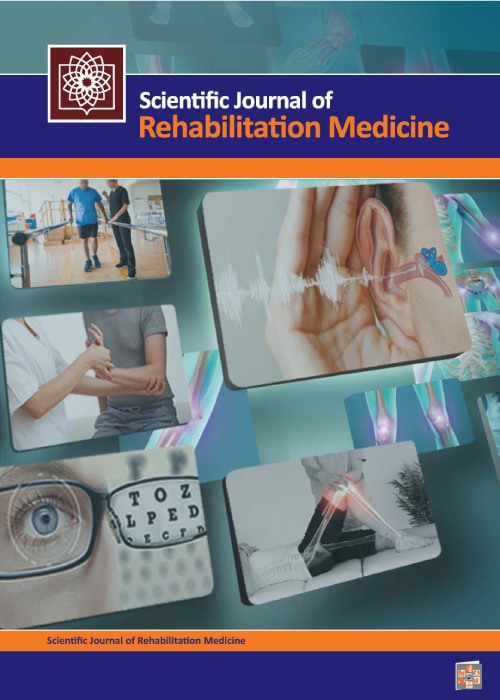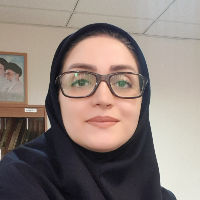Model of Human Occupation: A Review on Clinical Applications in Rehabilitation of Children
Using the model in clinical reasoning of rehabilitation practitioners creates a mental framework and the ability to organize the variables involved in the rehabilitation process. The broadest model of occupational therapy, called the "Model of Human Occupation" (MOHO), is based on the open systems theory. This model can be used extensively in rehabilitation and even education. However, there are a few sources to show that it has been used in children. Since existing knowledge is a prerequisite for clinical use of a conceptual model, the present study seeks to provide the information needed to use the MOHO in children.
The present study was conducted by searching several sources including the related websites, books, and Google Scholar, PubMed, Science Direct, and Magiran databases since developing the MOHO (since 1985).
The concepts of MOHO are definable with regard to children’s activities such as play, schoolwork, etc. Parent’s role and the phenomenon of development are integral parts of these definitions. This model has six assessment tools for children two of which have been translated and validated as the Persian versions, which include the "Child Occupational Self-Assessment" (COSA) and the "Pediatric Volitional Questionnaire" (PVQ). Six studies have were found using the MOHO as the framework of intervention program for children. Information on evaluation tools and interventional evidence are presented in the Tables.
The MOHO analyzes the transaction among the individual's internal factors (volition, habituation, and performance capacities), the activity that is taking place, and the environmental conditions. To define the applications of the MOHO in children, it is necessary to consider the specific issues such as growth and development phenomenon. The active involvement of the child in treatment is a feature of this model. The availability of valid assessment tools in this model facilitates its use in rehabilitation. Considering specific points in using these assessments in children is discussed in this article.
- حق عضویت دریافتی صرف حمایت از نشریات عضو و نگهداری، تکمیل و توسعه مگیران میشود.
- پرداخت حق اشتراک و دانلود مقالات اجازه بازنشر آن در سایر رسانههای چاپی و دیجیتال را به کاربر نمیدهد.



